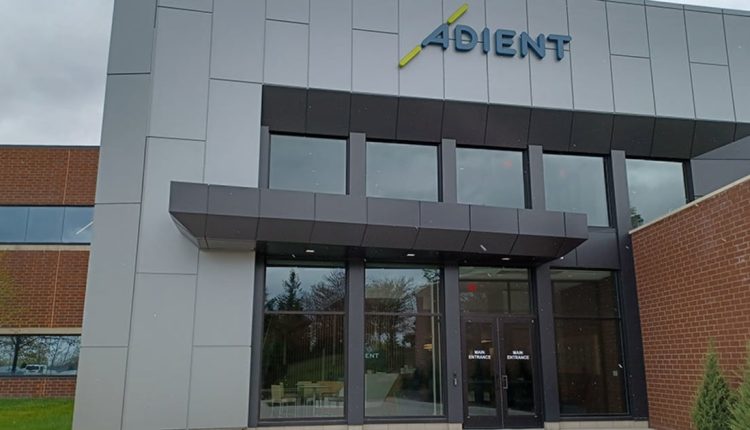“I think cultural competency counts a lot more over time for just doing any kind of business in America,” Hall said. “In recent years as there have been what I call copycats, more joint ventures set up by competitors, it’s been important for our long-term sustainability and growth that we do have a track record.”
With sustainability in mind, Adient is also shifting how it thinks about EVs. The conventional wisdom was that all cars need seats no matter what is or isn’t under the hood, so the seating business is insulated from change. But Del Grosso has changed the way he thinks about that. A recent trip to the Shanghai Auto Show hammered home the magnitude of change in the industry.
“What I saw in Shanghai was a tsunami of new products that are very different than the ICE (traditional internal combustion engine) vehicles that they’re replacing,” he said.
“When you pack a vehicle full of batteries, there’s less interior space, so we have to basically condense seating systems to offset for that displaced space. They’re much more environmentally minded — significantly less leather interiors and more alternative seating materials …”
The result will be a surge in research and development to keep up with the rapidly changing demands of legacy automakers and new entrants alike.
Following is more from the interview with Del Grosso, which has been condensed and edited for clarity:
- The supply chain volatility over the past two years and commercial negotiations over contract terms between OEMs and suppliers is well documented. How have those discussions progressed?
It’s less of an issue, but it’s also a harder discussion to have with the customer because they don’t feel that they’re as accountable because it’s not occurring at the same level that it was, you know, a year ago. I think the issue from my perspective, at its worst, it was really creating an almost toxic work environment for us to operate in. We were having such high turnover. People literally did not want to work in the automotive sector because of just the volatility associated. I’m not sure that the OEs completely understood just how difficult a situation it was. Maybe they were seeing it in their own plant, but they didn’t understand how deep it was going into the supply chain.
- What would you say is the biggest issue now?
I think labor is the biggest challenge that we’re all experiencing right now, whether it’s labor cost, or just labor availability, particularly on the skilled trades side. I think it’s a real challenge just in the industrial base within the United States. I think when it comes to automotive, it’s a very disciplined work environment, traditionally… and we’re competing in other segments where it’s a less regimented labor environment. The Amazon warehouse, if you will. It’s a lot more flexibility.


